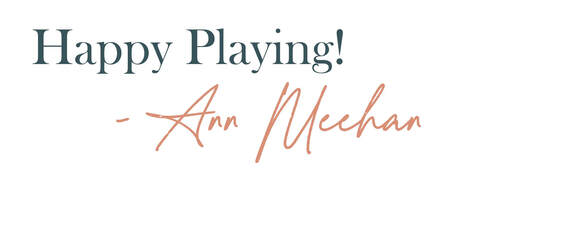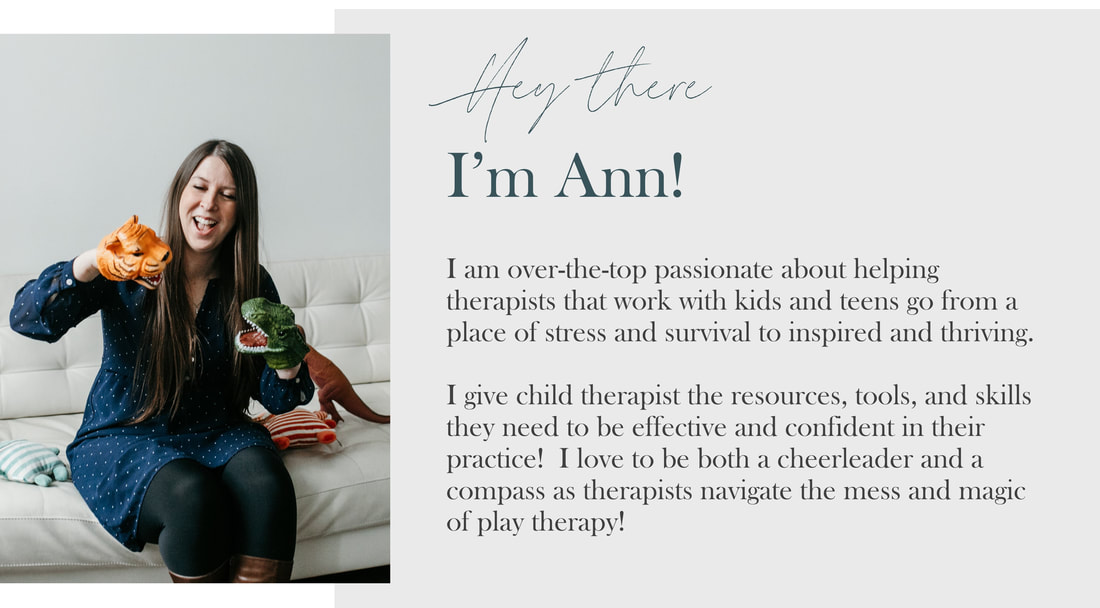|
Parents come into my office with a wide range of difficulties and concerns. For some families “tantrums” can mean glaring, pouting and arm crossing and stomping to a child’s room for 15 minutes and in other families it can mean aggression, destroying property, or episodes that can last hours.
I wanted to shine a light on one of the words I struggle most with in child therapy - “normal”. Let’s go back to our statistics class to unpack normal. I like to think about normal as a bell curve. Every aspect has a bell curve distribution (see previous note and graph about statistics) and statistically 68% of the population will fall within one standard deviation of the mean. With 95% falling within two standard deviations of the mean and 99.7% falling within three standard deviations of the mean.
This means that most individuals are clustered around the middle or “normal” with fewer outside on the extreme high or low ends. Of everything. Badminton, math, ability to balance on one foot. Now before we dive deeper I tend to substitute the word “typical” for “normal”. AND I love to highlight that each child is an individual with strengths and talents AND struggles and areas for growth. If they have an area that is outside of typical or expected, they have plenty of areas they are succeeding in too! Most often when parents are asking “is this normal?” they are looking for support and guidance if a behavior or problem is larger than their peers or outside of development. If parents are saying something different like “that’s totally not normal” they may be looking for validation that their child is experiencing difficulties. And as we begin to unpack normal with families, it’s important to know that most behaviors within childhood are typical or “normal”. Getting angry, hiding things from a parent, looking up something they definitely are not supposed to online - that’s all normal! I wanted to share three questions I ask parents to determine if a behavior is an area of concern for therapy: How often is it happening? This is the biggest question I ask. If a child has stolen one object from a peer at school one time and is 8 years old, this might be within a typical pattern of behavior for a child. Now consider this versus the child who always is coming home with objects in their pockets for the past three years that definitely aren’t theirs. What is the impact of the behavior? What has happened as a result of the behavior? Has lying become such an issue that the child is losing friends? Do parents brace themselves each night for the bed time routine because they know it is going to be a battle? Do parents find themselves giving in when they know they shouldn't to avoid conflict? Behaviors that have large or global impacts are typically outside of what typical or expected behavior for a given age should be. When you respond with a parenting intervention does the child change their behavior in the long term? Let’s say you are working with a child who looked up something inappropriate online two years ago. You are at intake and among all the other things the family is unpacking with you, this comes up. It’s the only time it has happened, the parents had a conversation about safety and boundaries, have checked in and monitored and it hasn’t happened again. Probably within typical development! This is drastically different than the child who has multiple secret accounts they access with the iPod the family forgot existed even after parents addressing the issue multiple times. And that wraps up my shift from "normal" to typical and how I dive deep to sort out clinical issues from typical child behaviors! What about you? How do you respond to “normal” in the Playroom or in your therapy practice? Drop a comment below! Loading...
0 Comments
Leave a Reply. |
Hi, there!I'm Ann Meehan, an LPCC, Loading... Archives
July 2024
Categories
All
|
Privacy Policies | Terms of Use | Disclaimer
Contact
[email protected] | Copyright Meehan Mental Health Services 2022
Contact
[email protected] | Copyright Meehan Mental Health Services 2022







